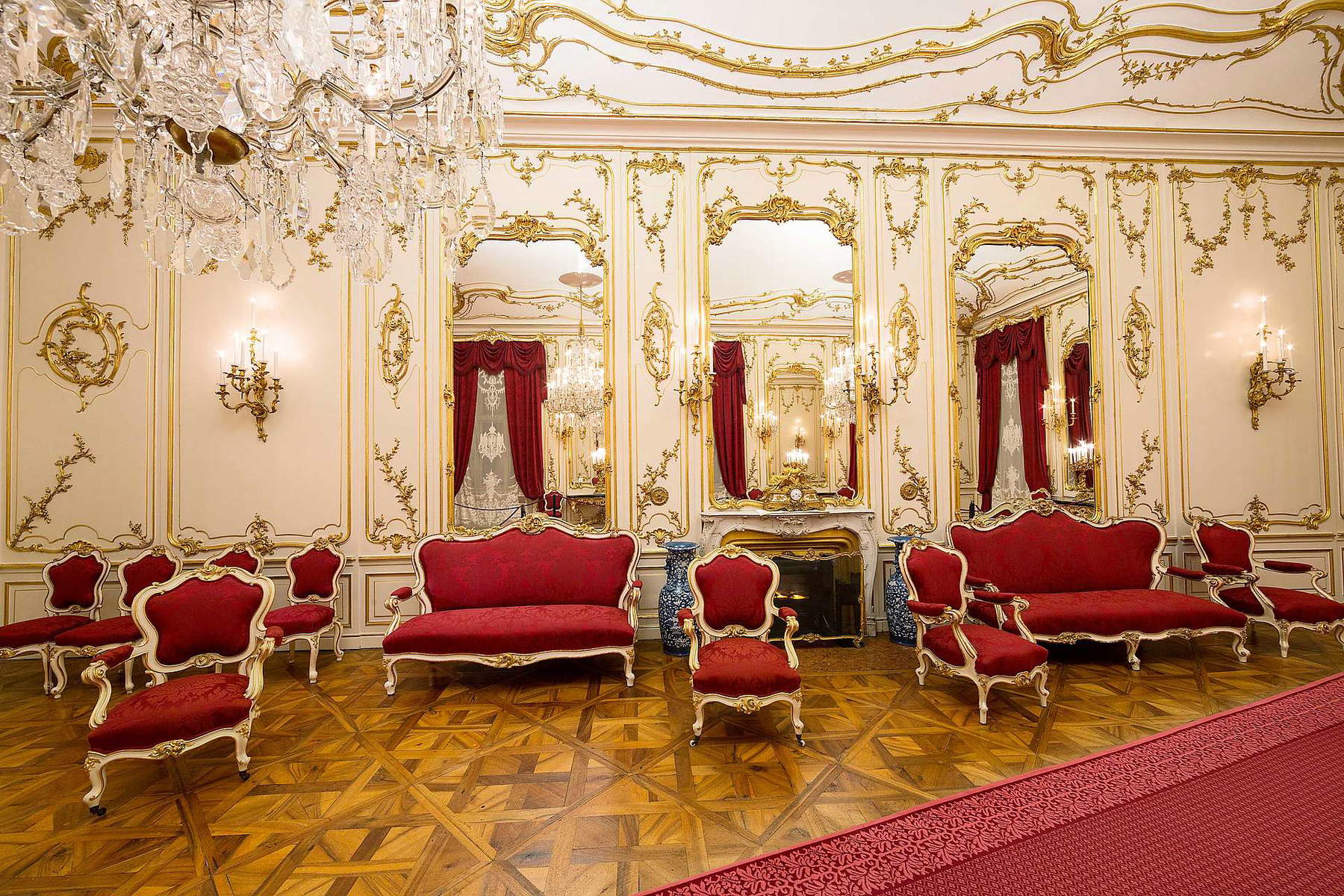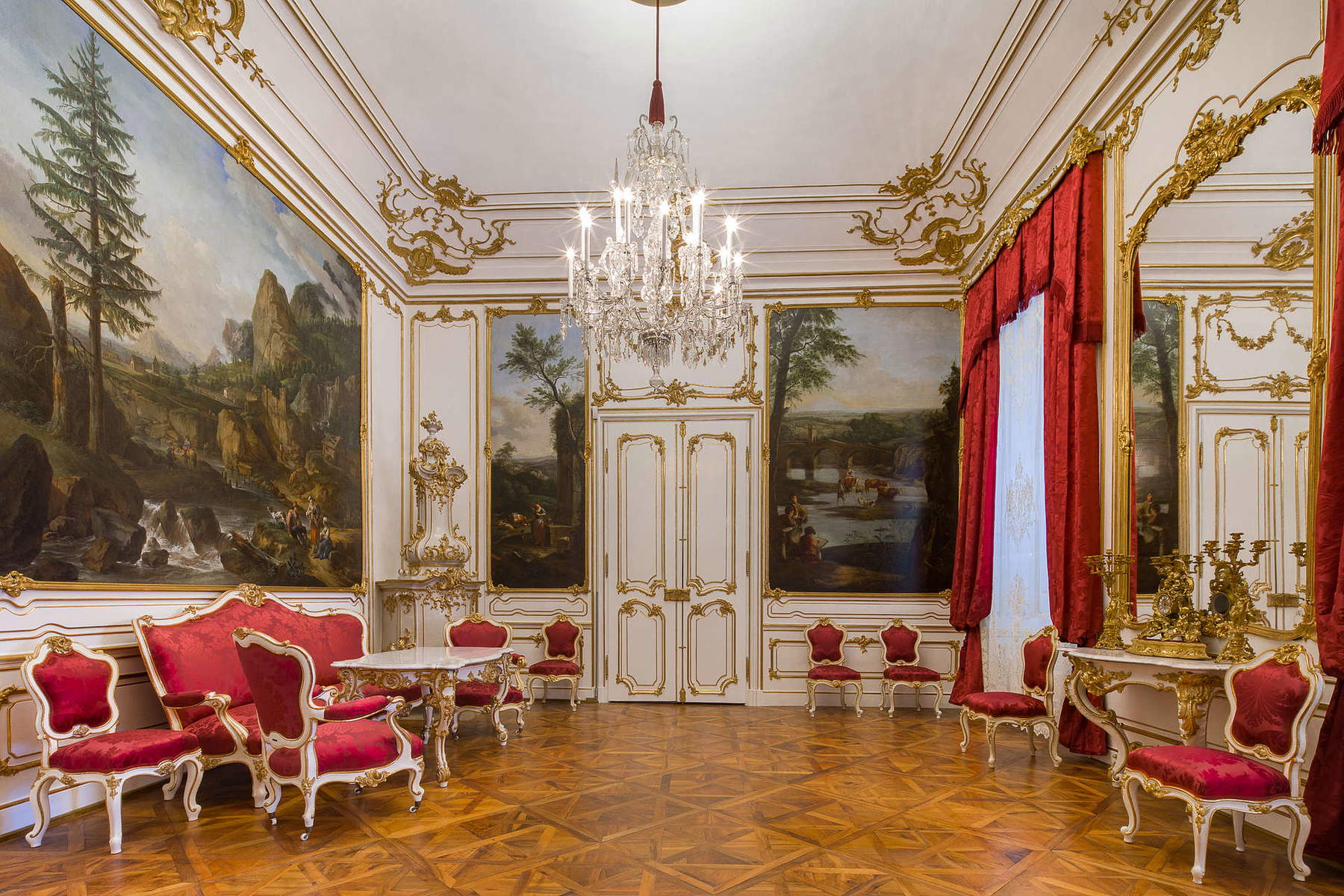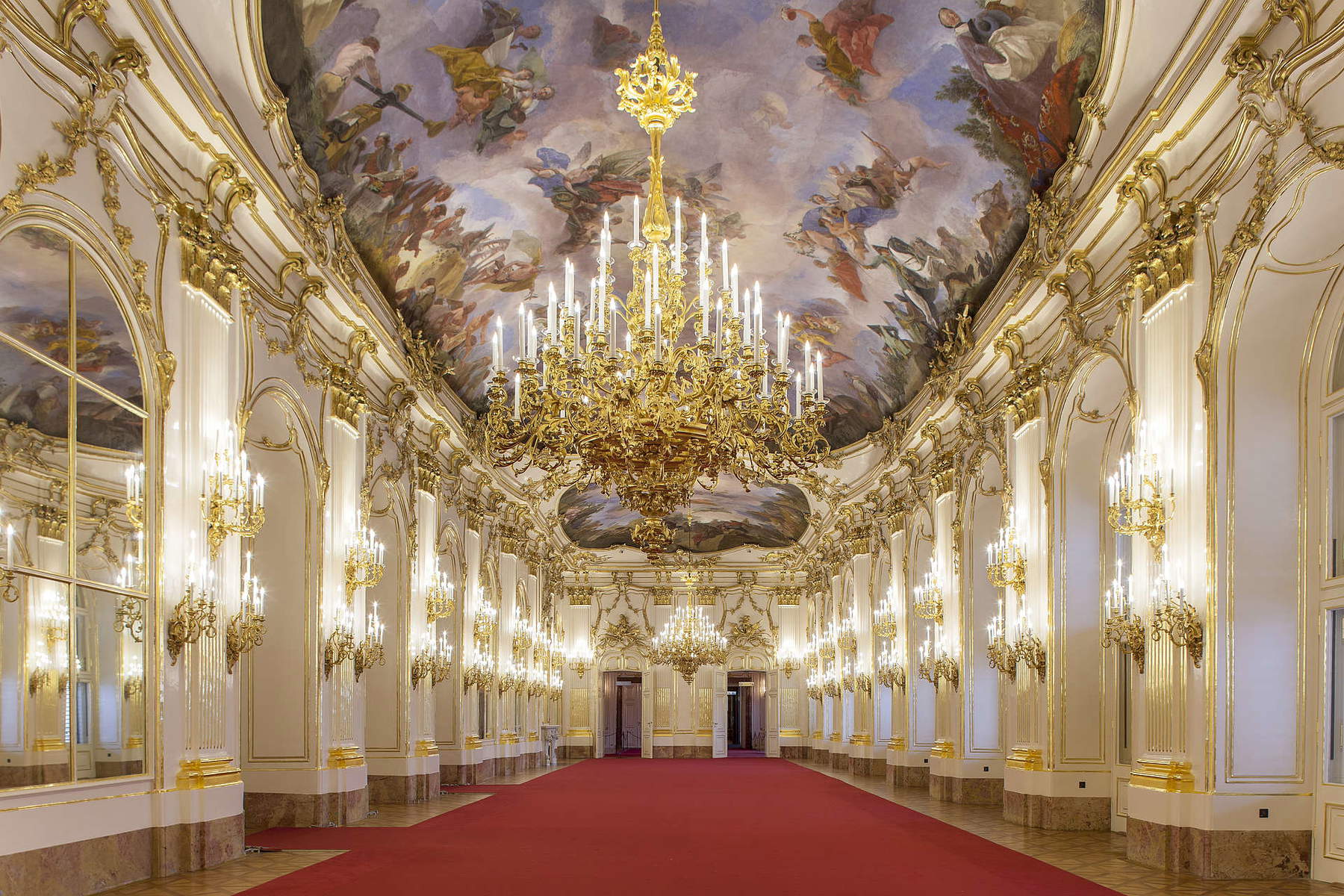Schoenbrunn Castle, a symbol of Vienna andAustria, is best known as the former residence of Princess Sissi (i.e., Elisabeth Amalia Eugenie of Wittelsbach), but it would be reductive to tie its centuries-old history to the affairs of the Empress of Austria and consort of Franz Joseph. Schönbrunn is the former summer residence of the Habsburgs, who held the property since 1569: moreover, not everyone knows that perhaps it was an Italian, Eleonora Gonzaga, wife of Ferdinand II of Austria, who coined the name “Schönbrunn.” To understand the origin of the name, however, it is necessary to rewind the knots of history and go right back to the year 1569, when Maximilian II bought the land on which the palace would be built: at that time, a number of structures for agricultural use (a stable, a mill, a stable) stood on the site, surrounded by a vast park. The idea was to make it a hunting lodge, but the purpose was not realized until the early 17th century with Emperor Matthias, who, according to legend, first discovered the spring that gives the structure its name (“schöner Brunnen” in German means “beautiful spring”). It remains a fact, however, that the first mention of the name “Schönbrunn” appears in official documents precisely in 1642, the year in which the aforementioned Eleonora Gonzaga, having inherited the land from her husband Ferdinand, decided to settle there and therefore made a pleasure residence.
The present appearance of the castle, however, is later: in 1683, during theTurkish siege of Vienna, the residence was in fact heavily damaged, and three years later Emperor Leopold I decided to subject the complex to a major renovation, for which the architect Johann Bernhard Fischer von Erlach (Graz, 1656 - Vienna, 1723) was commissioned: the project was submitted in 1688, and starting in 1696, on the remains of Eleonora Gonzaga’s “delizia” destroyed by the Turks, construction work began on the castle, which was completed in the central portion in 1700. However, the plan to build two wings alongside the central body remained unfinished. The Castle therefore appeared as a compact block, in the typical forms of seventeenth-century castles, with a large monumental staircase placed in front of the central prominence, and organized around a courtyard of honor on which the reception rooms gave onto. Despite being left unfinished, the castle was nevertheless inhabited, and even during the reign of Maria Theresa it became the center of court life (so much so that it was later further expanded). After the demise of the Empress it remained uninhabited for some time, and was later used as a summer residence. Later occupied by Napoleon (who stayed there), following the Restoration it underwent new renovations, between 1817 and 1819, during which time Schönbrunn took on its present appearance, with its sober façade and few decorative elements. After the end of the Empire, the castle, in 1918, passed into the ownership of the Republic of Austria and became a school, and then during World War II it served as military headquarters (and was, moreover, damaged by Allied bombing). Instead, it was opened to the public as a museum in 1948, although part of it is still institutional headquarters.
The Schoenbrunn complex served for more than three hundred years as the residence of the imperial house of Austria and is therefore a reflection of its power and splendor. Indeed, the castle was not only a place of recreation but also a representative seat where ceremonies and festivities were held continuously. The interior has over 1,400 rooms, although those that can be visited number just under two hundred. The tour itinerary from the apartments of Franz Joseph and Sissi, which date from the 19th century and still have the original decorations and furnishings. Prominent among others are the Billiard Room (the billiard table is first mentioned in the palace inventories of 1830), which introduces the emperor’s private apartments, but not without first passing through the Walnut Room, a splendid Rococo-style room from Maria Theresa’s time that served as an audience room (and was later used as such by Franz Joseph as well): thus follow Franz Joseph’s Studiolo (where the emperor began work at five o’clock in the morning, after getting up at four o’clock), Ketterl’s Chamber (so called because Franz Joseph’s personal valet-de-chambre, Eugen Ketterl, lived there), the bedroom, where the emperor passed away in 1916, and then the Imperial Bedroom, which was furnished on the occasion of the marriage between Franz and Sissi in 1854 in the “rococo revival” style.
 |
| Schoenbrunn Palace |
 |
| Schoenbrunn Palace from above |
 |
| The Hall of Mirrors |
 |
| The Rose Rooms |
 |
| Franz Joseph’s bedroom |
 |
| The Grand Gallery |
We then pass into the rooms of Sissi, who entered them through a room she shared with Franz Joseph, the guards’ room: the Empress’s rooms include the famous Kinderzimmer, the Children’s Room, decorated with portraits of Empress Maria Theresa’s daughters. From here one arrives, through the Breakfast Room, to the Yellow Room, so called from the color of the decorations (it is a sumptuous Rococo room from about 1770), and then again to the Hall of Mirrors, one of the most sumptuous rooms of Maria Theresa’s time, where perhaps the concert that a Wolfgang Amadeus Mozart, just six years old, gave in 1782 before the Empress was held (the uncertainty is due to the fact that it is not known exactly which room the little pianist played in). The string of Pink Rooms, three rooms named after Joseph Rosa, the artist who created the fifteen landscape paintings that decorate them, leads first to the Asiatic Cabinets, where the Chinese and Japanese chinoiserie and porcelain that the Habsburgs began to assemble here in the eighteenth century are kept, and then to the Great Gallery, the largest room in Schoenbrunn, at forty meters long and ten meters wide (it served for ceremonies, balls, receptions, and as a banquet hall).
From the Great Gallery we move on to Maria Theresa’s apartments, anticipated by the Carousel Chamber, a sumptuous antechamber named after the paintings that decorate it and depict the parade of carriages that Maria Theresa gave in 1743 to celebrate the withdrawal of the French and Bavarians from Bohemia, and the consequent end of the First Silesian War. Here, then, are the Blue Chinese Salon, the reception room of Franz Stephan of Lorraine, Maria Theresa’s husband; the Napoleon Room, formerly the bedroom of Maria Theresa and Franz Stephan; the eccentric Porcelain Room, which was used by Maria Theresa as her study; the Gobelin Salon with its Biedermeier-style furnishings; the great Red Salon; and finally the Hunting Room, the last one on the main floor, which evokes the palace’s former function. Leaving the Palace, a visit to the park, which has been open to the public since 1779, is a must: it stretches from east to west for 1.2 kilometers and from north to south for about one kilometer. Along with the Castle, the Park was also listed as a UNESCO World Heritage Site in 1996.
Each year, Schoenbrunn Palace is visited by more than 1.5 million people, reasoning that booking tickets in advance might be helpful to avoid queues. Once in Schoenbrunn, the Castle offers different tours according to one’s interests, as it would take a long time to see the whole Palace: so there is the “Grand Tour” that focuses on all the rooms on the main floor, the “Imperial Tour” that delves instead only into the apartments of Sissi and Franz Joseph, the first floor tour, and so on. Schoenbrunn is a must-see if you plan a trip to Vienna.
 |
| Schoenbrunn Palace, the magnificent Habsburg residence from Eleanor Gonzaga to Sissi |
Warning: the translation into English of the original Italian article was created using automatic tools. We undertake to review all articles, but we do not guarantee the total absence of inaccuracies in the translation due to the program. You can find the original by clicking on the ITA button. If you find any mistake,please contact us.